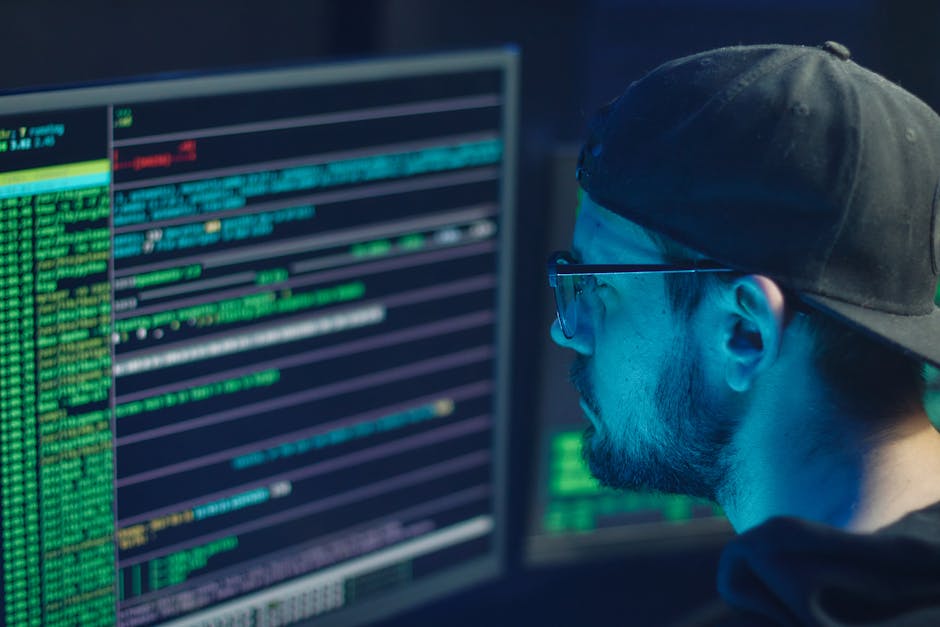
A newly identified backdoor malware, Backdoor.Win32.DEVILSHADOW.THEAABO, has been discovered embedded in counterfeit Zoom installer packages. This threat capitalizes on the widespread adoption of Zoom during remote work surges, posing a significant risk due to its remote-access capabilities. While current distribution levels remain low, the malware’s high damage potential warrants immediate attention from security teams.
Key Insights for Security Leaders
The malware operates as a remote-access tool, enabling attackers to execute arbitrary commands on compromised systems. It is primarily distributed through fake Zoom installers hosted on malicious websites, often bundled with a legitimate copy of Zoom to evade suspicion. Security leaders should prioritize monitoring for anomalous installer behaviors and reinforce defenses against supply-chain attacks.
Technical Breakdown
Infection Vector and Payload
The malware is typically delivered either as a file dropped by other malware or through user-initiated downloads from malicious sites. Once executed, it establishes a connection to a remote command-and-control (C2) server, allowing attackers to exfiltrate data, execute commands, and maintain persistence on the infected host. Researchers have linked this malware to the alias Trojan.Win32.Scar.sydj (Kaspersky), highlighting its Windows-specific targeting.
Operational Tactics
The backdoor employs several techniques to achieve its objectives:
- C2 Communication: Connects to a predefined domain to receive commands from attackers.
- Persistence Mechanisms: Likely modifies registry entries or installs services to maintain access.
- Evasion Strategies: Masquerades as a legitimate Zoom installer, reducing the likelihood of detection by unsuspecting users.
Strategic Implications
For Red Teams
This malware serves as a valuable case study for simulating supply-chain attacks, particularly those involving fake software installers. Red teams can analyze its C2 infrastructure to identify patterns that may be replicated in other campaigns. Additionally, its use of legitimate software bundling underscores the need for robust endpoint monitoring during phishing simulations.
For Blue Teams
Defensive strategies should focus on detecting unusual network traffic to non-Zoom domains and monitoring for processes that mimic Zoom installers but exhibit anomalous behaviors. Endpoint protection tools should be configured to flag suspicious activities, such as the dropping of additional executables during installation.
For Threat Intelligence Analysts
The malware’s low distribution suggests it may be part of targeted attacks rather than broad campaigns. Analysts should cross-reference its tactics with other Zoom-themed threats, such as Trojan.Win32.MOOZ.THCCABO, to identify potential overlaps in adversary infrastructure.
Recommended Mitigations
- User Education: Train employees to download software exclusively from official sources.
- Network Controls: Block traffic to known malicious C2 servers using threat intelligence feeds.
- Endpoint Detection: Deploy behavioral analysis tools to identify backdoor activities and unauthorized command execution.
Conclusion
While Backdoor.Win32.DEVILSHADOW.THEAABO currently exhibits limited prevalence, its high-impact capabilities make it a critical threat. Security teams should remain vigilant for similar installer-based attacks and ensure defensive measures are in place to mitigate supply-chain risks.






